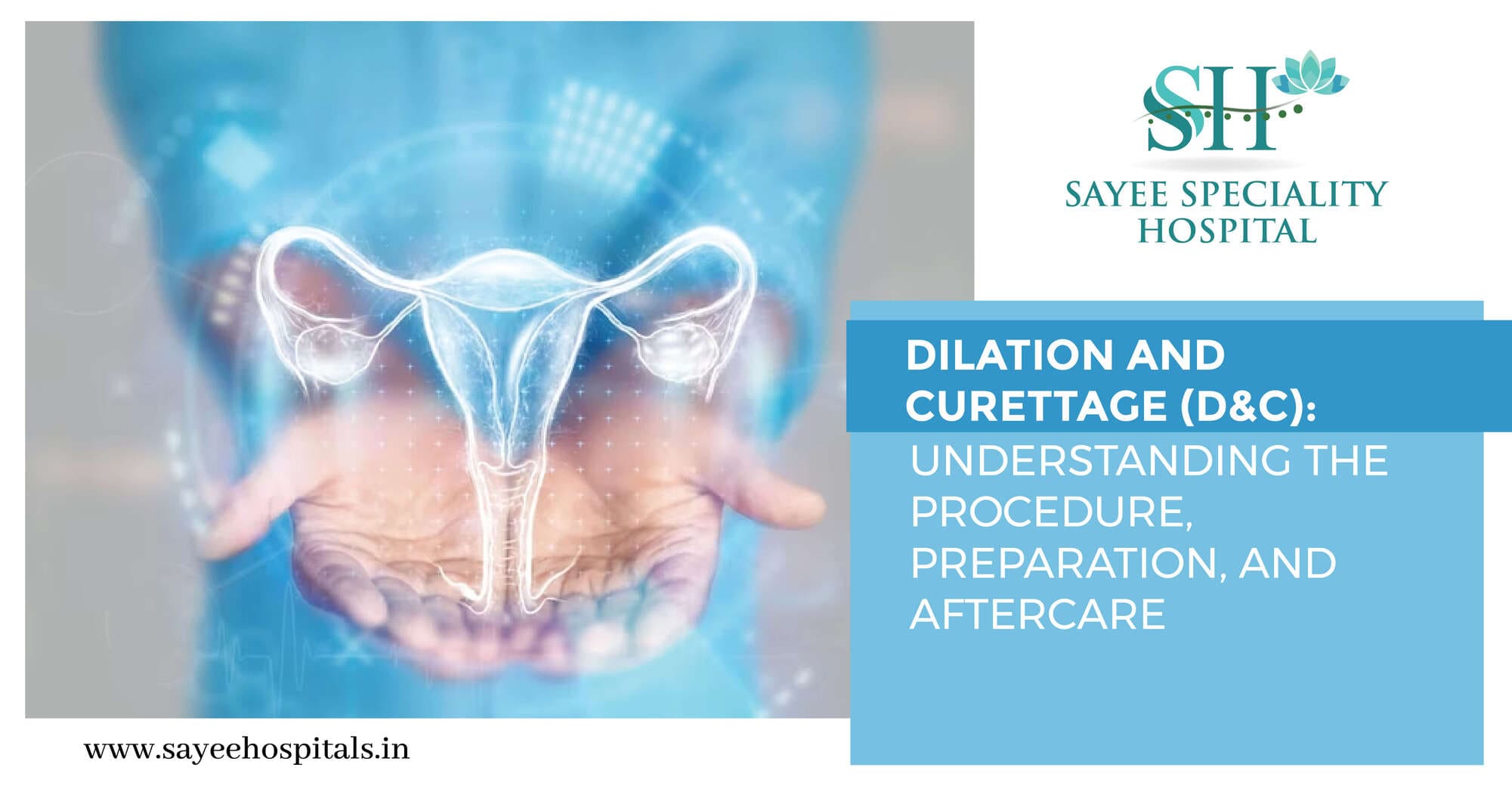Dilation and Curettage (D&C) is a surgical procedure frequently recommended by gynecologists for diagnostic and therapeutic purposes. Whether performed to investigate abnormal bleeding or as part of a comprehensive treatment plan, understanding the procedure, preparation steps, and potential risks is crucial for individuals considering or undergoing D&C.
D&C Indications:
D&C serves various purposes, including diagnosing abnormal bleeding; addressing extended uterine bleeding, managing bleeding after menopause, and clearing the uterus post-miscarriage or abortion. Additionally, it aids in the removal of placental tissue after delivery and removal of cervical or uterine polyps. In some cases, a D&C may be coupled with a hysteroscopy for a comprehensive diagnostic evaluation using a camera-equipped scope.
Preparing for D&C:
Preparation for a D&C involves several steps to ensure a safe and successful procedure. Patients may undergo blood tests or physical examinations to assess overall health. Depending on the case, D&C can be performed as an outpatient procedure, but hospitalization might be necessary for additional tests or interventions. Preoperative precautions include abstaining from food and drink for a specified duration. Medication adjustments, especially for blood thinners, are made under the guidance of the healthcare provider.
The D&C Procedure:
During a D&C, patients change into a hospital gown and lie on the operating table with their feet in stirrups. The procedure is conducted under general anesthesia or an epidural. The doctor inserts a speculum to open the cervix and dilation is done. Tissue removal is accomplished through suction or a curette. The extracted tissue is then sent to a laboratory for further analysis. After the procedure, patients are monitored in the recovery room before being discharged.
Post-D&C Recovery:
Recovery from D&C is typically swift, with patients going home within a few hours. Expected post-procedure experiences include mild pain, light bleeding, or spotting. A support person is recommended for the day, and normal activities can resume in a day or two. Menstrual periods may be slightly delayed following a D&C. However, if heavy bleeding, extreme pain, fever, or abnormal discharge occurs, immediate medical attention is essential.
Advantages of D&C:
D&C offers several advantages, making it a standard and effective surgical procedure. It minimizes pain, discomfort, and the risk of infections after a miscarriage. The procedure aids in diagnosing gynecological issues like abnormal bleeding and provides valuable samples for biopsy. Notably, D&C is quick, often requiring no hospital stay.
Risks of D&C:
While generally safe, D&C carries potential risks. Excessive bleeding may occur if the uterine lining is perforated during the procedure. The dilation of the cervix raises the risk of infection, emphasizing the need for temporary abstinence from sex and tampon use. In rare instances, scar tissue formation, known as Asherman’s syndrome, may impact fertility. Allergic reactions to anesthesia represent another rare, but potential risk.
Dilation and Curettage (D&C) is a versatile and commonly recommended procedure in gynecology. Understanding its indications, preparation steps, and potential risks empowers individuals facing this surgical intervention. By addressing queries with healthcare providers and being mindful of post-procedure signs, patients can navigate the D&C process with confidence, ensuring both diagnostic clarity and effective therapeutic outcomes.
